Search
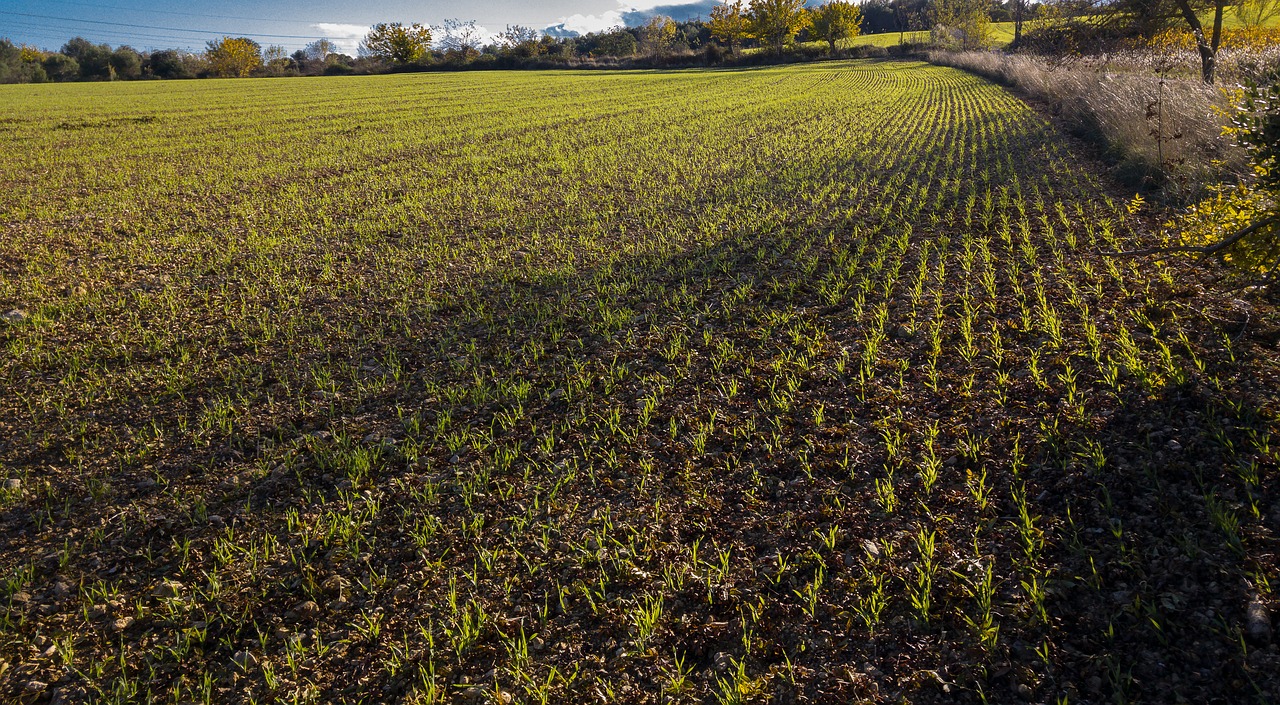
Double-Crop after Wheat?
Two crops in one year may sound tempting, and for some crop species is possible, but before doing so, producers should consider possible crops and compare the potential benefits with the drawbacks.
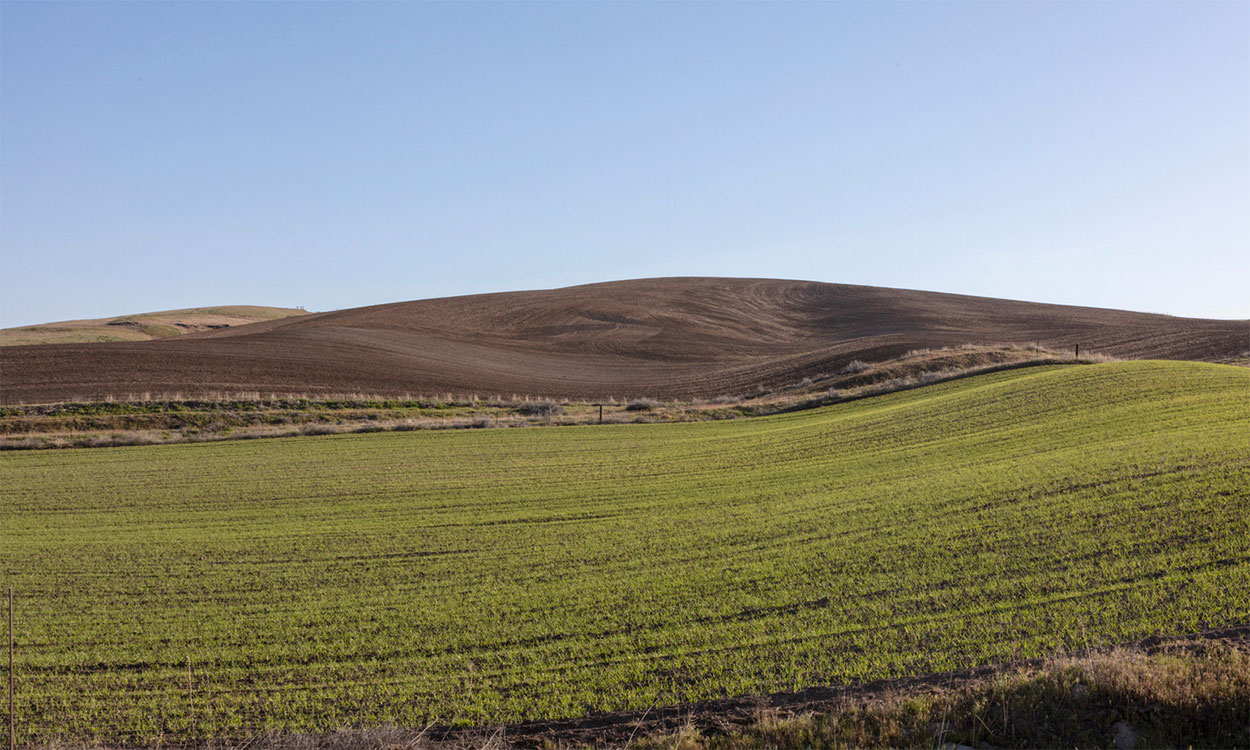
Latest Recommended Planting Dates for Spring Wheat in South Dakota
A major question that producers have been asking is, “How late can wheat be planted in South Dakota without a significant reduction in yield potential?” See our latest recommendations for those considering late planting this May.

Soybean Vein Necrosis Virus Detected in South Dakota Soybeans
A new soybean virus called Soybean vein necrosis virus (SVNV) was detected in South Dakota soybean fields in Davison and Union counties. Symptomatic plants were sporadic and found along the field borders. Infected plants showed mild to moderate severity.

The Costs of Erosion: Topsoil’s Role in Food Security
The thin layer of topsoil covering our earth sustains almost all of the life we know. Learn some answers to common questions about protecting it from erosion.

Soybean Investigations: Research on Your Farm Seeks Farmer Cooperators
SDSU Extension and the South Dakota Soybean Research and Promotion Council are seeking South Dakota Soybean Growers willing to participate in a farmer-led on-farm strip trial research program.
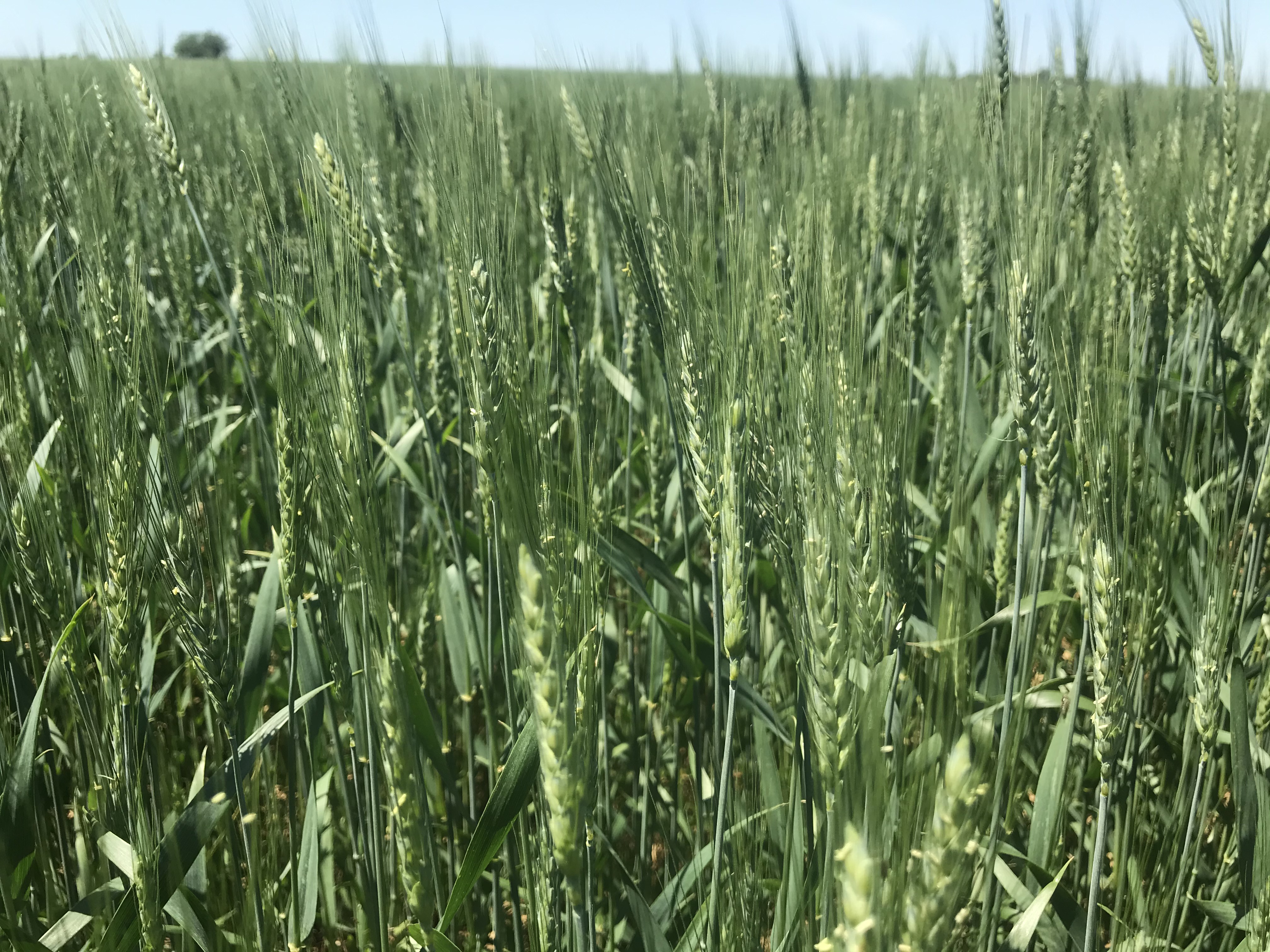
Crop Hour
SDSU Extension will deliver a series of virtual Crop Hour webinars starting January 9 through March 7, 2024, every Tuesday, Wednesday and Thursday from 10:00 a.m.-11:00 a.m. CST.
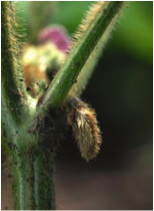
Late-Season Nitrogen For Soybean?
Some South Dakota soybean fields that were planted early and have had sufficient moisture have reached early pod setting stage (R3) and are looking good.
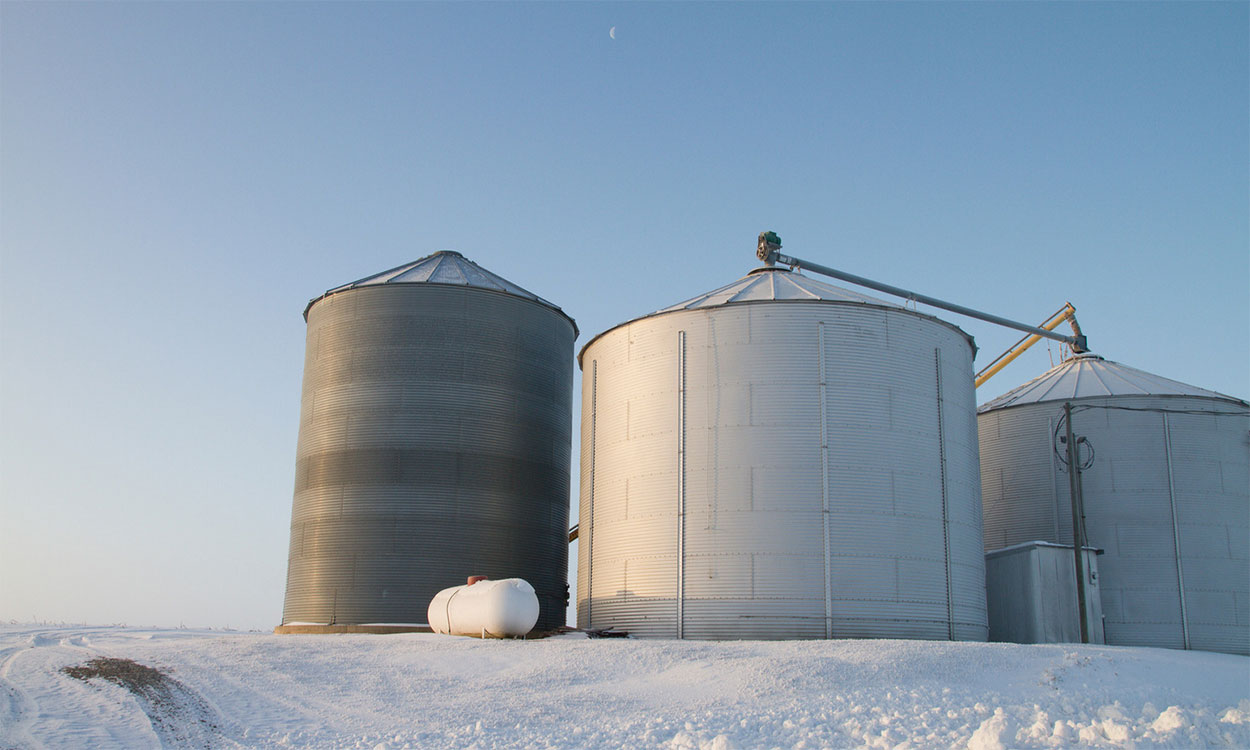
Forecasted Cold Temperatures Can Be Used To Cool Down Stored Grain
If temperatures are forecasted as being well below freezing, it would probably be a good time to start thinking about cooling stored grain. Cooling grain reduces the activity of stored grain insect pests and suppresses any mold growth that may otherwise occur.
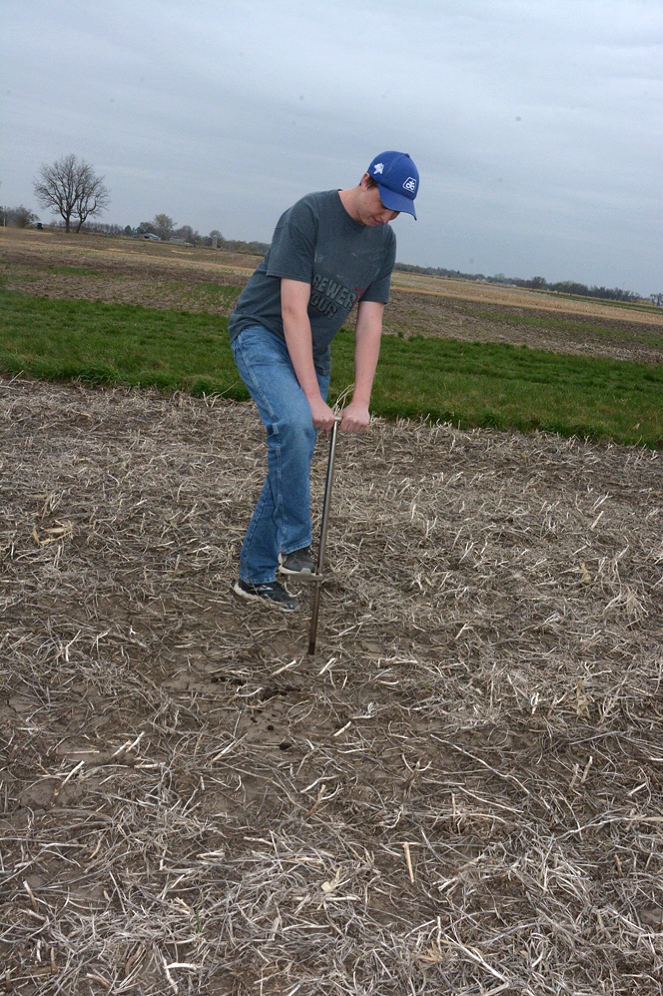
Consider SCN Sampling This Spring
Soybean cyst nematode management starts with a soil test to determine the presence or absence of this nematode in the soil.
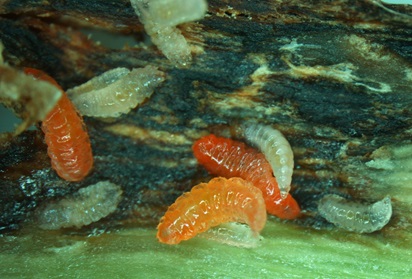
Gall Midge Larvae in Soybean Stems
Gall midge larvae were observed recently in soybean stems from a field in South Dakota. These insects were found under the epidermis of the stem that was slightly above the soil line.